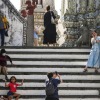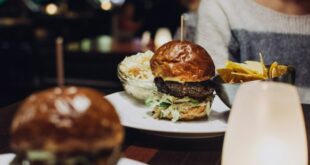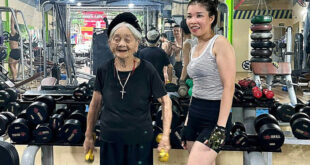A photo book by a French doctor, J. C. Baurac, sheds light on the architecture and life of people in southern Vietnam in the late 19th century.
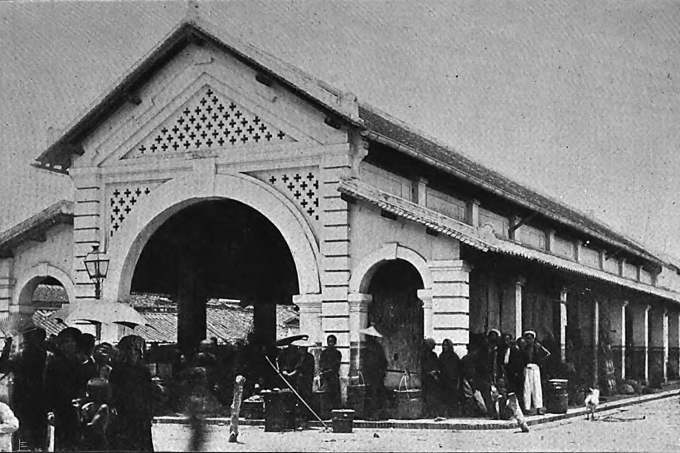 |
|
A photo of Go Vap Market at the end of the 19th century in ‘Nam Ky Va Cu Dan: Cac Tinh Mien Dong’ (La Cochinchine et Ses Habitants: Provinces de l’Ouest or Cochinchina and Its Inhabitants: Eastern Provinces) by the doctor who came to Vietnam earlier that century.
Built in 1897, Go Vap Market is one of the four oldest markets in Saigon – Gia Dinh (a former province in South Vietnam). According to the historical document on Go Vap District’s website, the market got its name because it was located on a hilly slope covered with trees.
The book is part of Baurac’s two-part series, the East and the South West. The photos in the book were both taken by Baurac and obtained from other photographers.
|
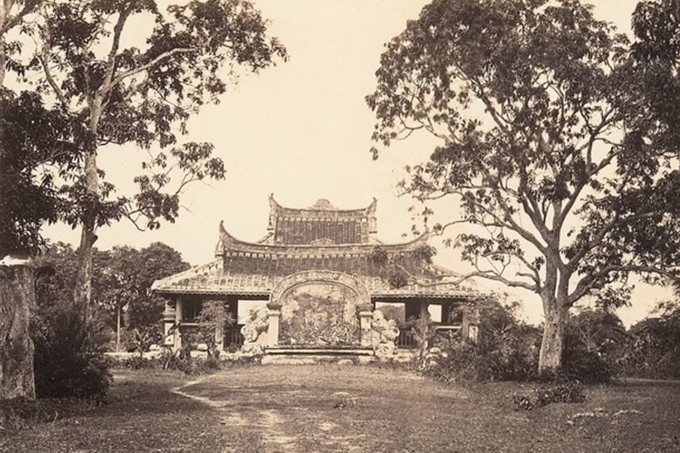 |
|
Cha Ca was originally a 2,000-square-meter mausoleum built to worship Bishop Ba Da Loc, who was called Cha Ca.
A French Catholic priest born in 1741 as Pierre Pigneaux, he came to Vietnam as a missionary and assisted Nguyen Anh (later Emperor Gia Long) with establishing the Nguyen Dynasty (1802–1945).
The tomb was built in the traditional Vietnamese architectural style, mimicking the shape of a communal house and with a harem and place for worship. In the 20th century the area around Cha Ca Mausoleum gradually developed with houses coming up, and the downtown area of Saigon expanded its periphery. In 1975 the mausoleum was demolished for widening the road and building the roundabout near Tan Son Nhat International Airport. The remains of Ba Da Loc were handed over to the consul general of France and taken back to his homeland.
|
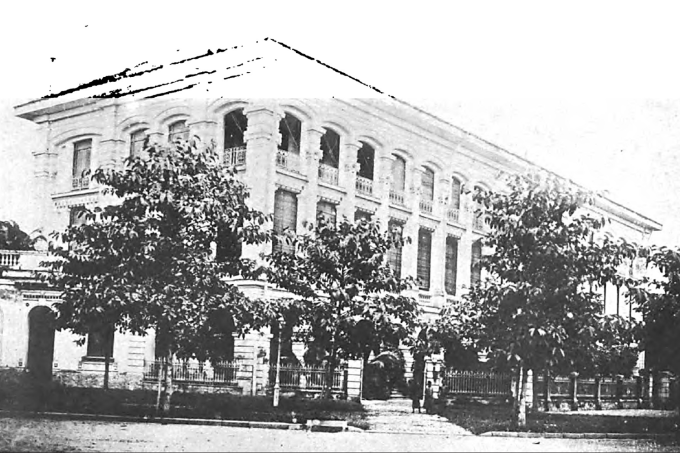 |
|
The Tax Administration Building at the end of the 19th century is one of the most prominent urban structures in the southern region. This building has now become the headquarters of Ho Chi Minh City Customs Department, located on Ham Nghi Street in District 1.
|
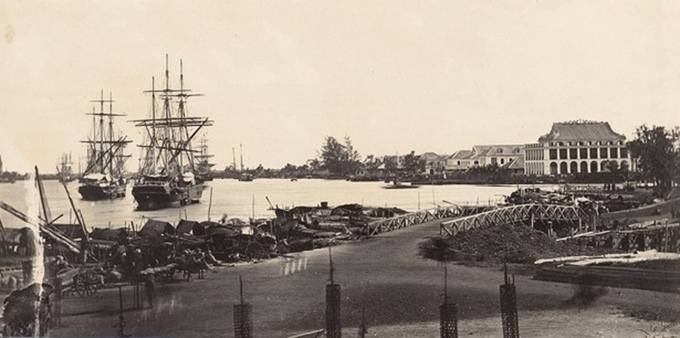 |
|
Ships passing through Saigon Port with cargo.
“At the entrance to the city, at the junction of the Saigon River and Ben Nghe canal was the berth for the passenger ship Messageries Maritimes, connected to Saigon by a giant iron bridge over the Ben Nghe canal,” Baurac wrote in the book.
|
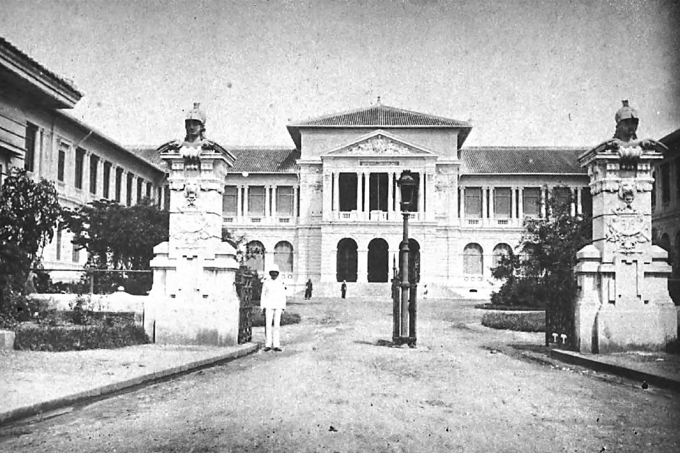 |
|
The Palais de Justice was designed by Cochinchina’s first chief architect Marie-Alfred Foulhoux and architect Jules Bourard. It was built in 1885.
In 1898 the building was designated the Saigon Criminal Court and Indochina High Court. It is currently the Ho Chi Minh City People’s Court and located on Nam Ky Khoi Nghia Street in District 1. It retains all the features of a 140-year-old building.
|
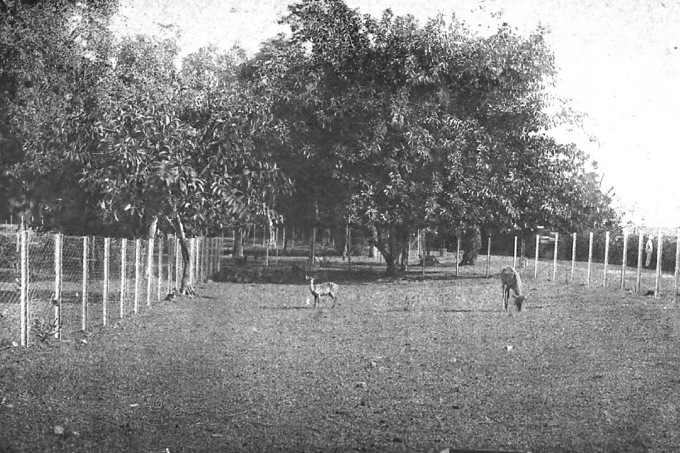 |
|
The deer park in Saigon Zoo, now the Zoo and Botanical Garden, the eighth oldest in the world.
It was built by Admiral De La Grandière in 1864. He expanded 12 hectares of wasteland along the Thi Nghe canal to create a place to house animals and grow plants. In the beginning it comprised of barns but had 509 species of mammals, birds, reptiles, and others.
|
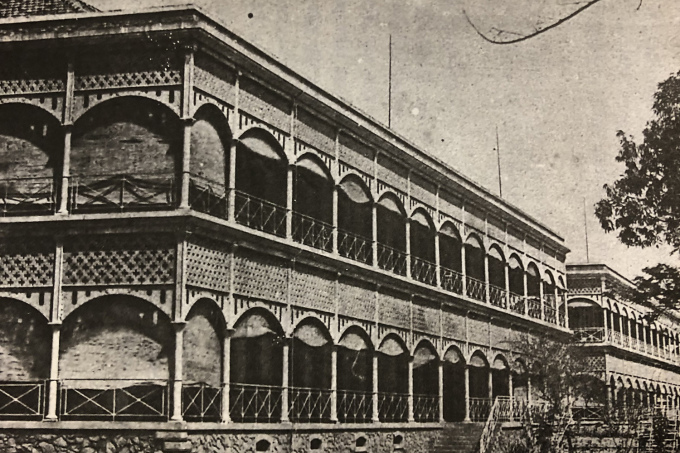 |
|
The Military Hospital (Hôpital militaire in French) was built in 1862 when the French army invaded Cochinchina. All the buildings were built with prefabricated steel and a stone foundation. All the materials were brought from France. In 1978 it was renamed Children’s Hospital 2.
|
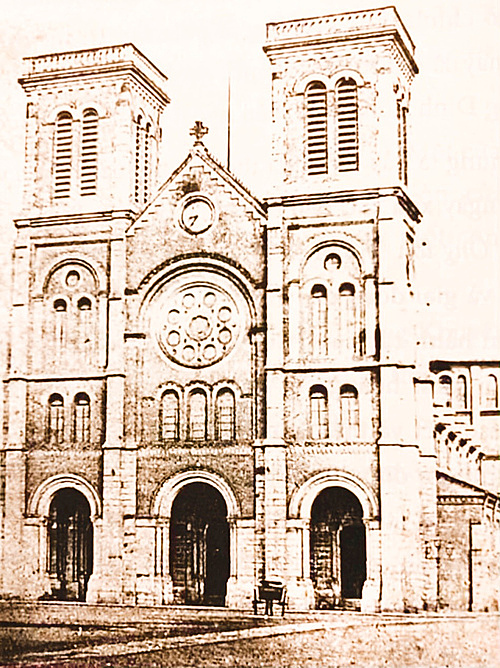 |
|
Notre Dame Cathedral in Saigon. Baurac described the church as the most beautiful structure in Saigon at the time.
The cathedral did not have two bell towers when built in 1880. They were added in 1985 to include a total of six large bronze bells and two crosses at the top, 60.5 m above ground.
It used to the tallest building in the city for a long time.
“Cochinchina is one of the best territories to live in, but it’s very expensive…All in all, life is fun here, but in a very short time people get tired of the endless variety of dishes being served. Soon people go to eateries, then return to hotels and so on. The rent and meals are about 150 to 160 francs a month”.
|
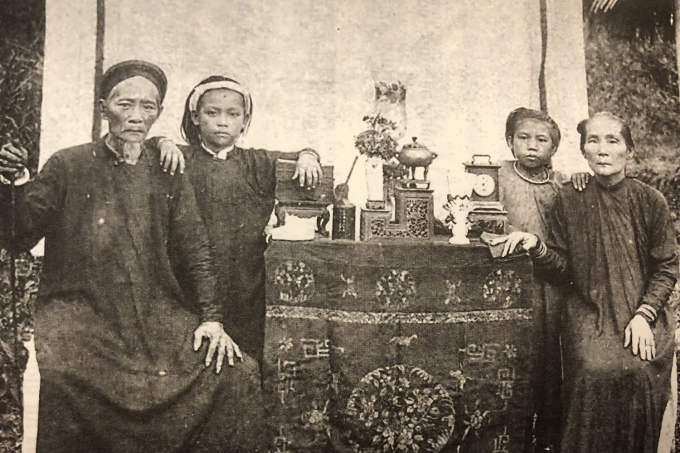 |
|
The book also has portraits of people who lived in Saigon – Gia Dinh.
The ao dai ngu than (five-part dress) was popular in the 19th century. The dress consists of two pieces of fabric sewn together to form the front body in a discreet style. Four parts represent the parents of the couple, and the fifth represents the wearer. It always has five buttons, representing the morality of being human – humaneness, justice, rite, knowledge, and faithfulness.
|
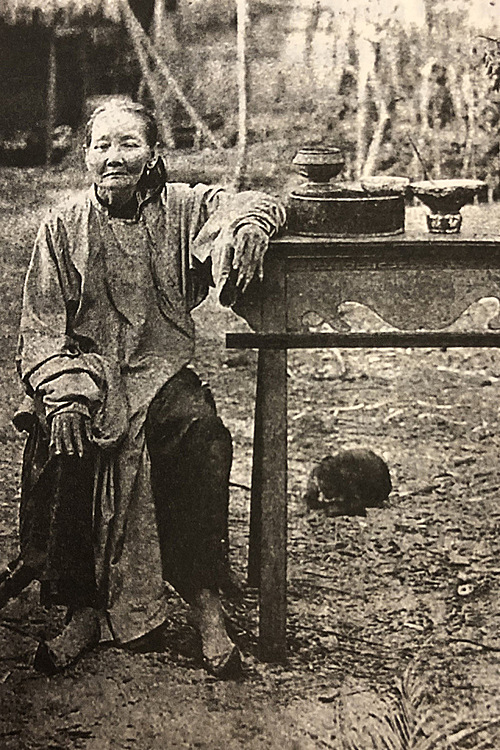 |
|
A woman dressed in the funeral attire of the southern region.
|
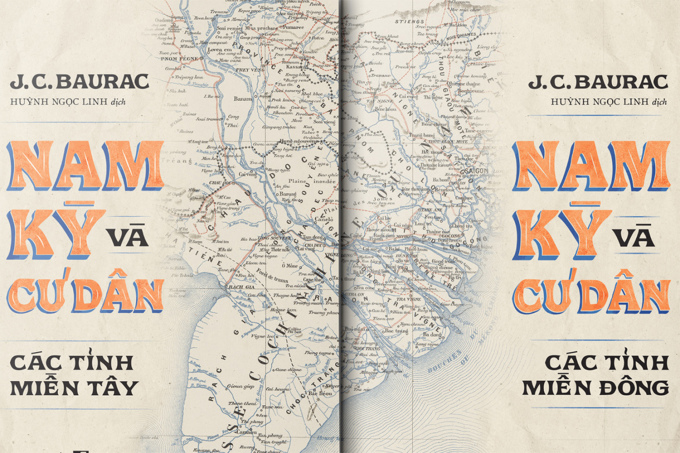 |
|
The covers of the two books, when placed side by side, form a map of the southern region during the 19th century.
Ange Eugene Nicolai, deputy governor of Cochinchina in 1897-98, once said he read this book many times, and complimented it for paying close attention to detail and containing lots of informative descriptions.
|
Read More :
-
Reduce Hair Loss with PURA D’OR Gold Label Shampoo
-
Castor Oil Has Made a “Huge” Difference With Hair and Brow Growth
-
Excessive hair loss in men: Signs of illness that cannot be subjective
-
Dịch Vụ SEO Website ở Los Angeles, CA: đưa trang web doanh nghiệp bạn lên top Google
-
Nails Salon Sierra Madre











 VnExpress News The News Gateway of Vietnam
VnExpress News The News Gateway of Vietnam

